Day 5
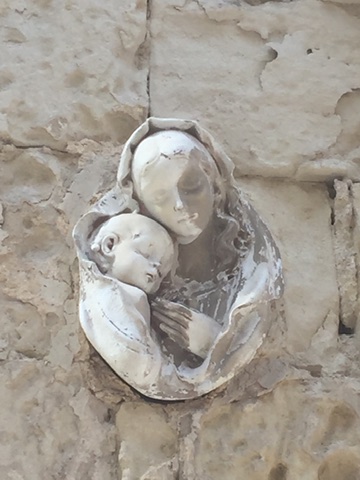
I was woken intermittently during the night by rumbles of thunder in the distance and it was rather overcast when I look out of my window, carefully screening myself from the guys already hard at work on the construction site opposite.
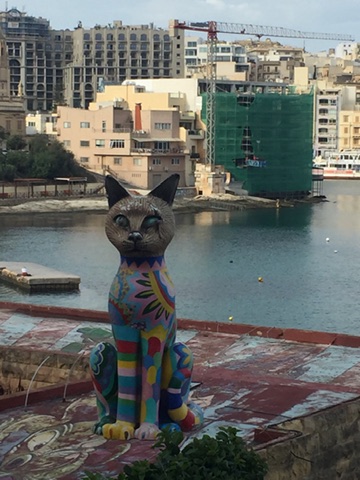
I began the day by walking along the seafront for half and hour or so, checking out the kitties in the playground, and noticing that every second business was selling real estate.

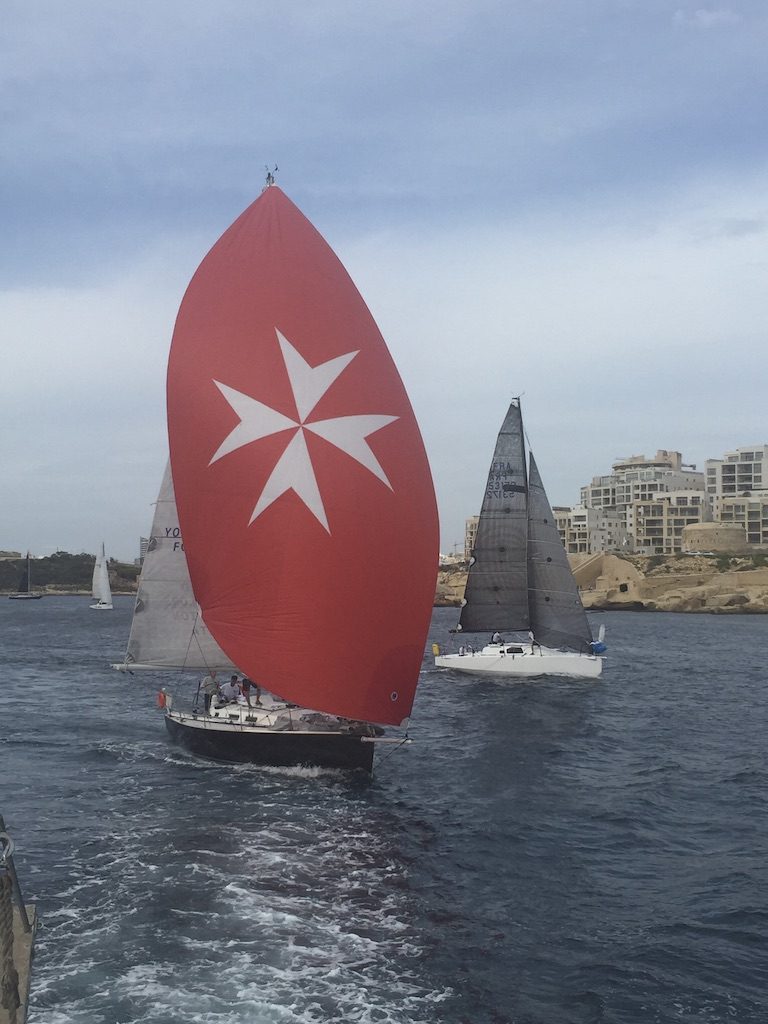

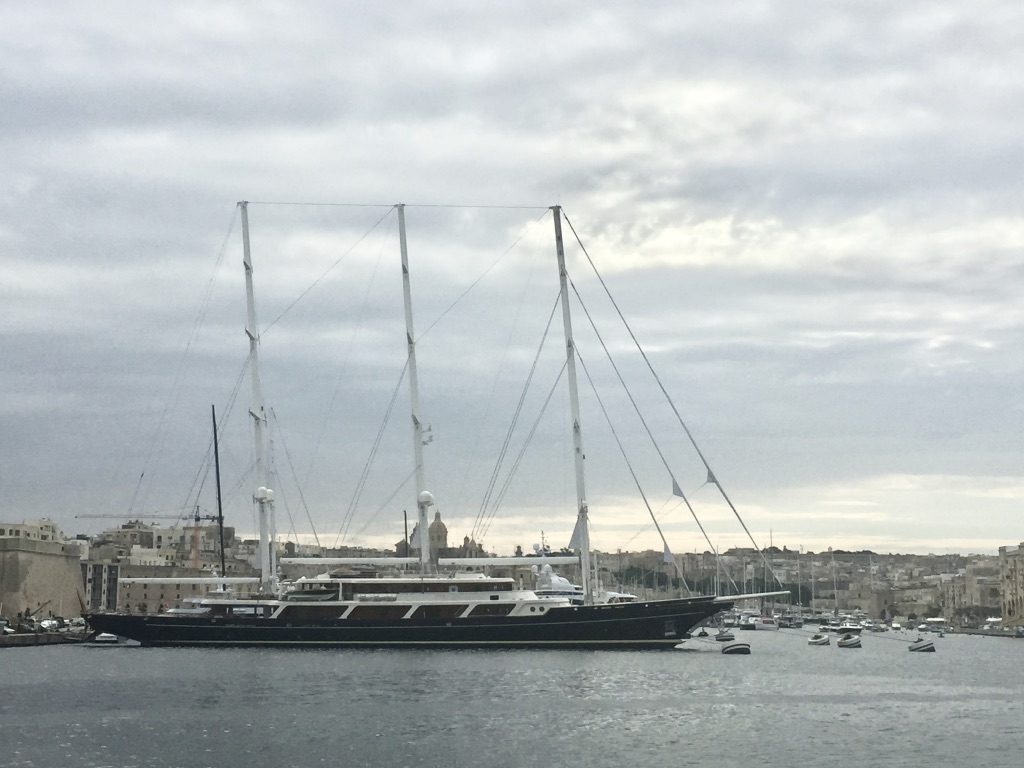
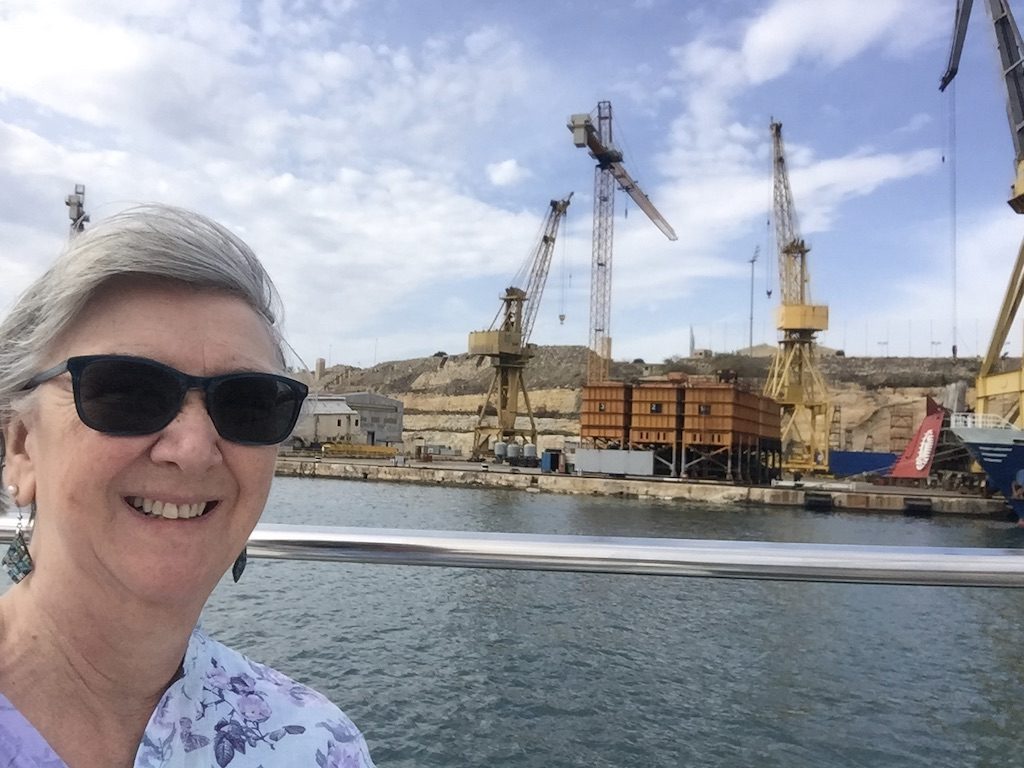
Harbour tour 
After breakfast we headed out for our 90 minute boat trip in Malta’s Grand Harbour. Maria had told us that the only way to really appreciate the vastness of the harbour was to see it by boat, and though this sounded decidedly like a marketing ploy – Boy! Was that true. There are 5 ‘fingers’ to this natural harbour and it’s still a hub of activity with its cranes, oil rigs, high end yachts, dry docks for ship building and fishing vessels. I saw a huge crane that was shaped like a head and neck of a giraffe in the distance, and, lo and behold, when our boat drew close, the rigging of the crane had been painted in the brown and yellow spots of the giraffe. Our of our group explained to me that the oil rigs were just there for storage, they weren’t drilling.
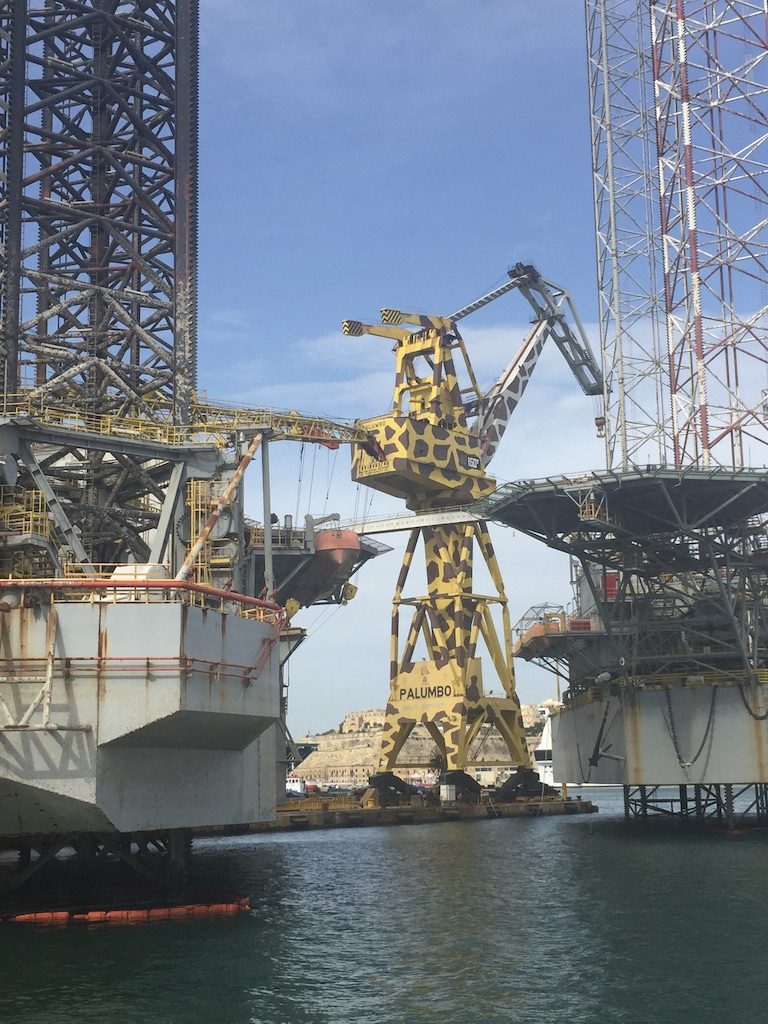
The giraffe crane 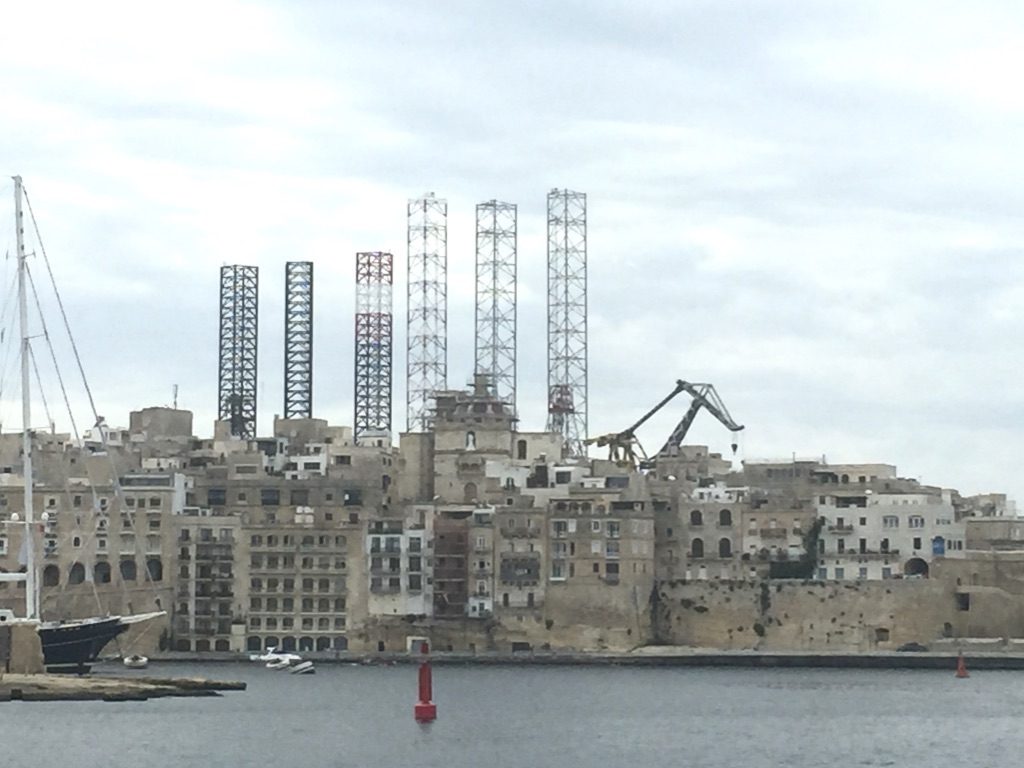
Old and new skyline
She was from Aberdeen and working in that industry. There were lots of small boats adjusting their sails as they travelled. They were practicing for a big yacht race this coming weekend. The five star formation of the fort was easier to see from the ocean and its fortress walls seemed impenetrable. I could also see the hospital and appreciate its long length and how amazing its unsupported ceiling must have been when it was built.

Then onto Mdina where Maria pointed out various places we could have lunch from our central point outside the cathedral. As we approached the central square through the narrow streets I could hear a symphonic band playing songs from Jesus christ Superstar – one of my family’s favourite musicals. I couldn’t wait to see them close up. Four of us headed for a very pleasant lunch in the courtyard of a former palace. We asked our waiters for help with translation of the menu but its was difficult. They were Albanian and Sicilian.
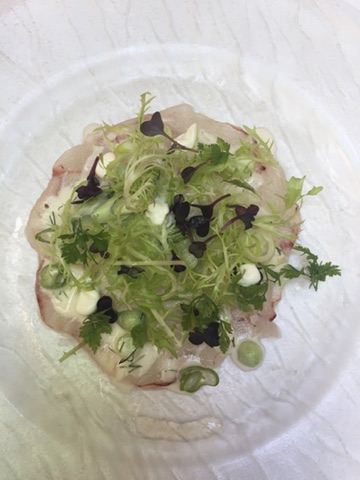
Raw monkfish salad 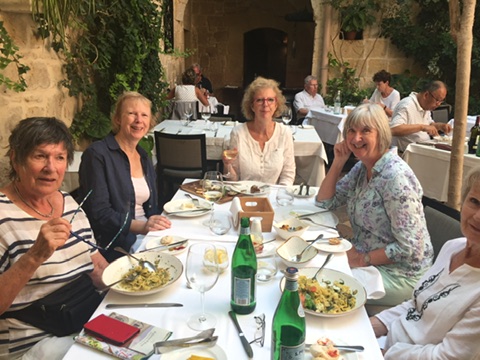
Lovely ladies at lunch
I chose to be adventurous and selected the monkfish carpaccio with the best roast potatoes in the world. Despite the ‘relaxed’ rate of service I still had an hour after lunch to explore the city alone, and found myself taking lots of photos of door knockers. These were a symbol of your social status, and some were very elaborate – daily with a nautical theme.
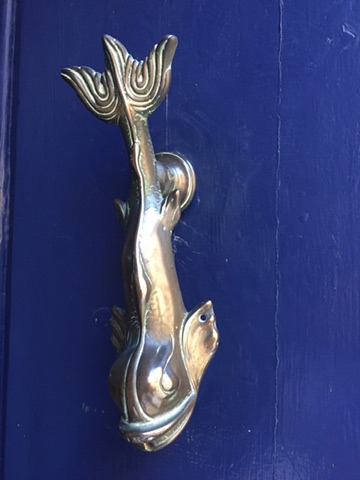

Door knockers 
Like Murano Mdina is noted for its glass and I took a look in a couple of the glass studios. I found some lovely pieces but didn’t fancy my chances about getting them home, or the the U.S in one piece.
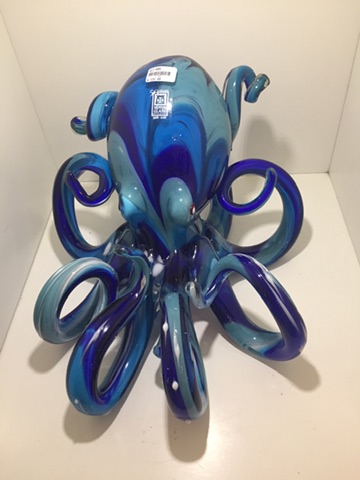
When we met up again, at the British phone box (they look as though they’ve been planted by mistake – along with the British post boxes) we visited a Roman villa with intact mosaic floors and then on to the catacombs. I must admit I was a little disappointed with these at first. After visiting the amazing catacombs in Palermo last year where the skeletons and both posed and clothed, just seeing holes hacked into the bedrock where the corpses would have lain was not as mind blowing.

St Paul’s catacombs 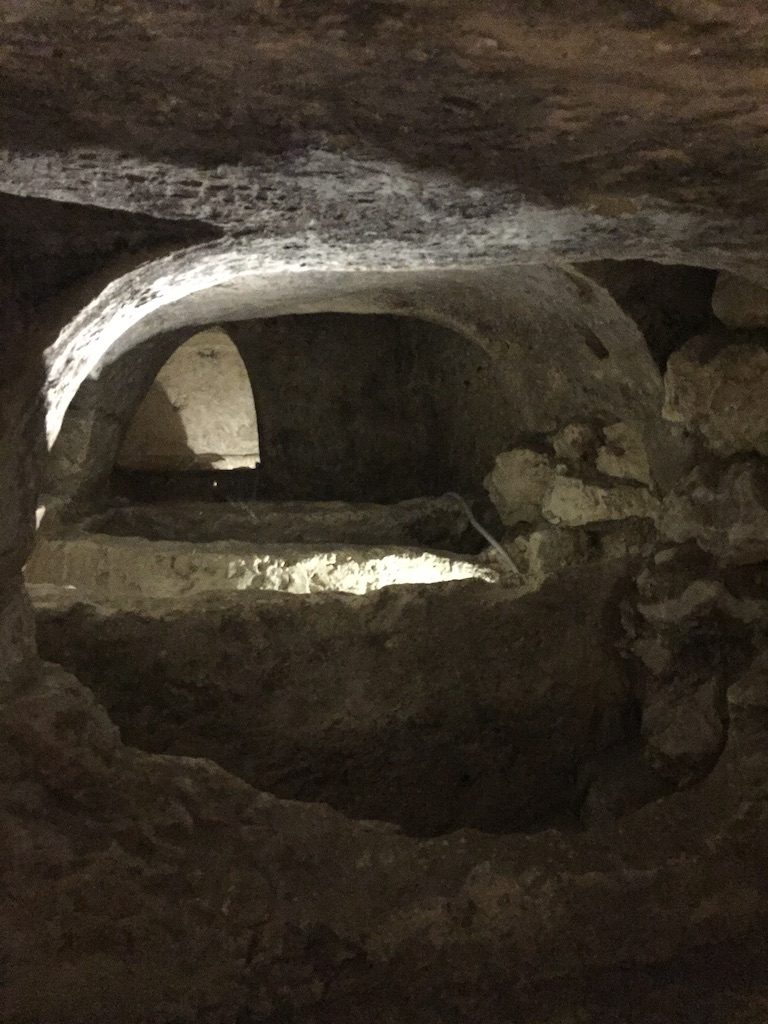
We arrived back at the hotel at 5:30 and met up for dinner an hour later, organized by Maria, at Gululu about 20 minutes walk along the waterfront.

Rabbit is the featured local food but I had clam and aubergine pasta, my first pasta dish of the trip. It was delicious. Our talk at dinner was mainly about places our group had visited – Cambodia, Egypt, Morocco. I think everyone had been to India at some time in their lives. This is so different from conversation in America where the topic might included visiting a second home at Lake Tahoe, or a beach holiday in Florida. Malta had 2 1/2 million tourists last year and 30% of the GDP is tourism. Malta can only provide 23% of its own food. The rest has to be imported, much of it from Sicily. Legislation states than new factories must employ native Maltesers and private schools teach English as their first language. Speaking English is a status symbol so the Maltese language is on the decline. All medical treatment is free, though you can take out health insurance to gain faster service. It only costs 20 Euros for a home visit from your family GP. There is 3% unemployment. The only natural resource on the island is stone, and the original 50 quarries are now down to 3. Most families have a ‘Sunday only’ car in addition to 2 ‘regular’ cars. Sunday cars have a different colored license plate and can only be driven on Sundays so they only pay 1/7 of the road tax and insurance. As you can see – we had a very informative conversation over dinner. I’d not seen any drunken Brits on this trip as I had expected to, or anyone drunk or homeless. The expensive areas are being bought up by Chinese and Russians and there’s a big gaming industry on the island. No property tax either.
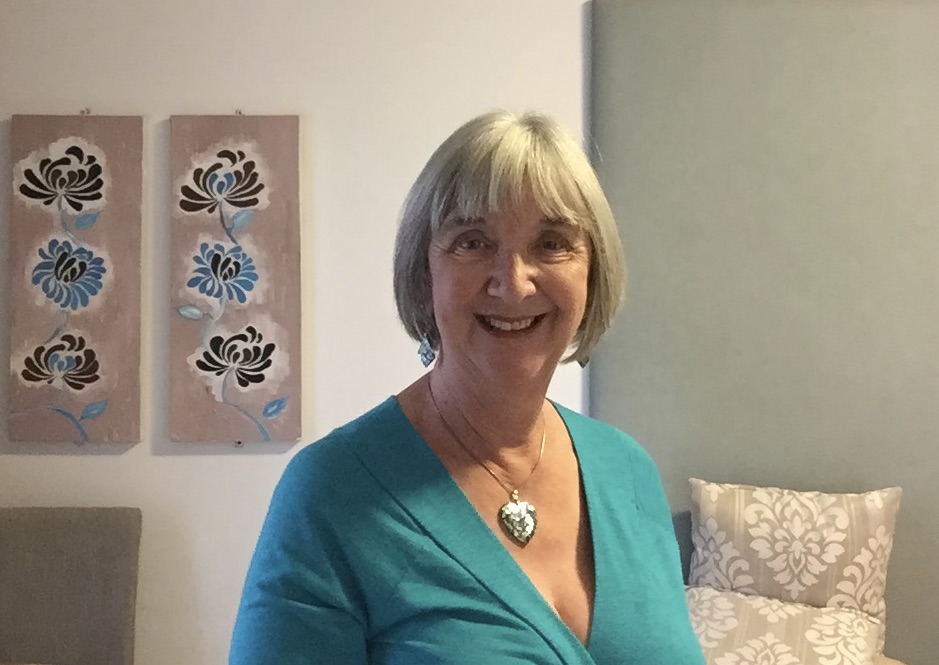
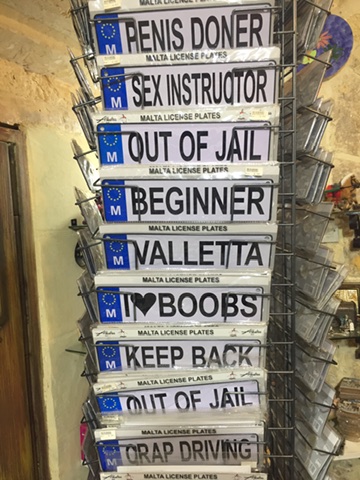
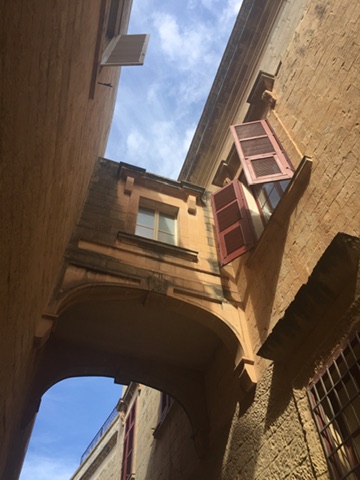
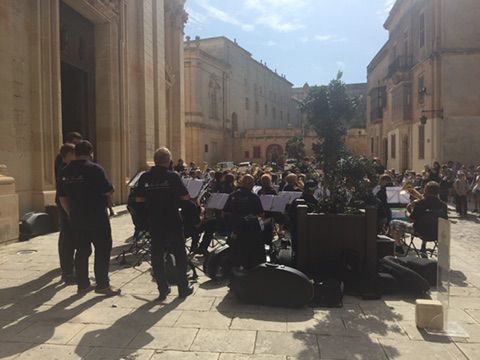
Band outisde the cathedral 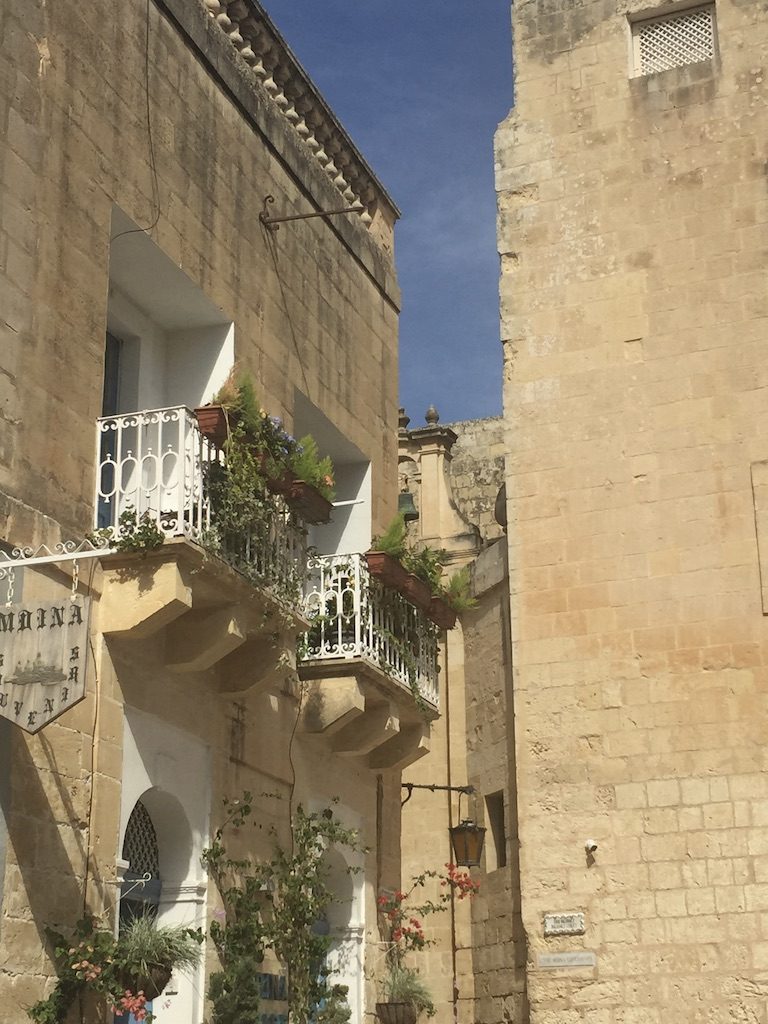
Mdina 
Our group
I walked back along the seafront alone and stopped to watch a men’s waterpolo match in a swimming pool at the ocean’s edge.

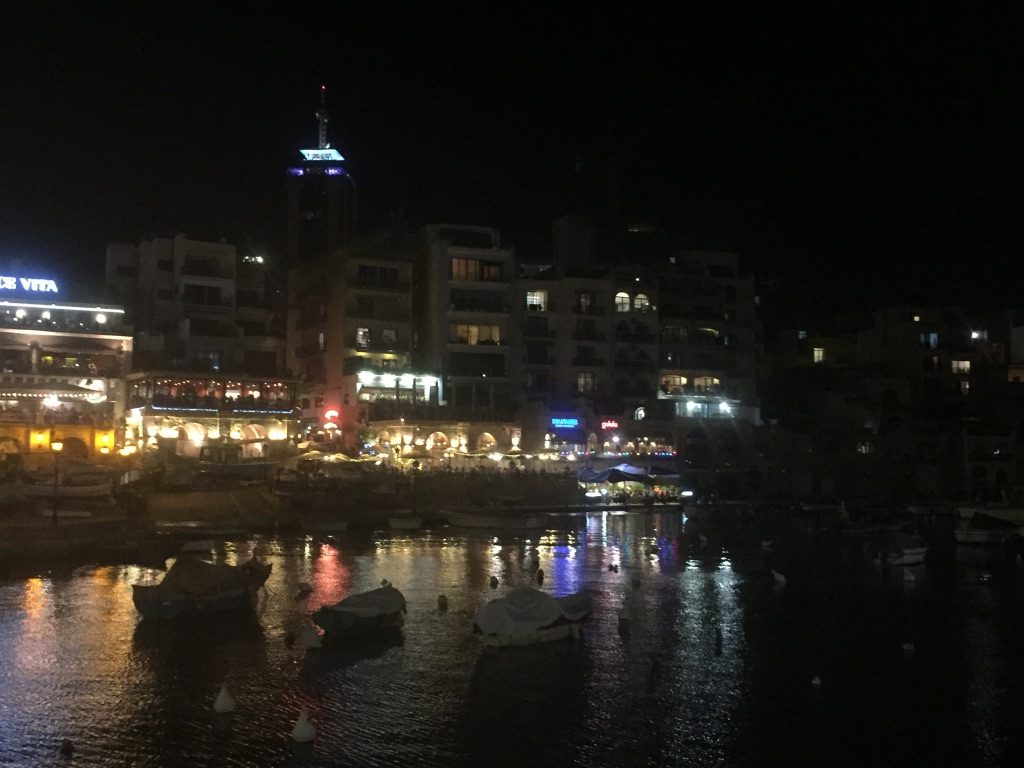
Leave a Reply